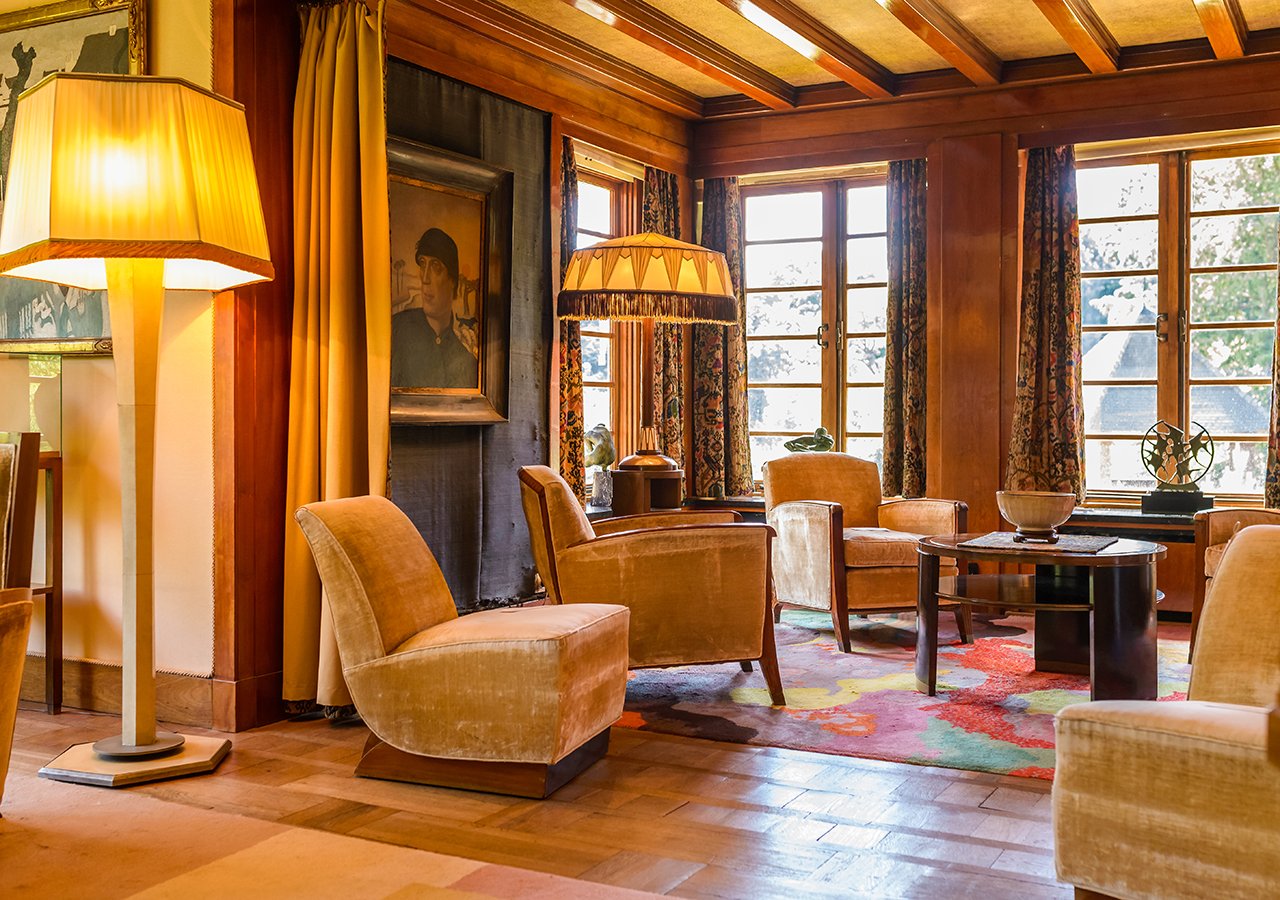

Deco dreaming...
2025 marks a dazzling celebration in Brussels. Not only does the city showcase over 40 years of STIJL in fashion at the Mode & Lace Museum, but also as this year unfolds, Brussels steps into the spotlight with a bold, radiant tribute to one of the most iconic artistic movements of the 20th century: Art Deco.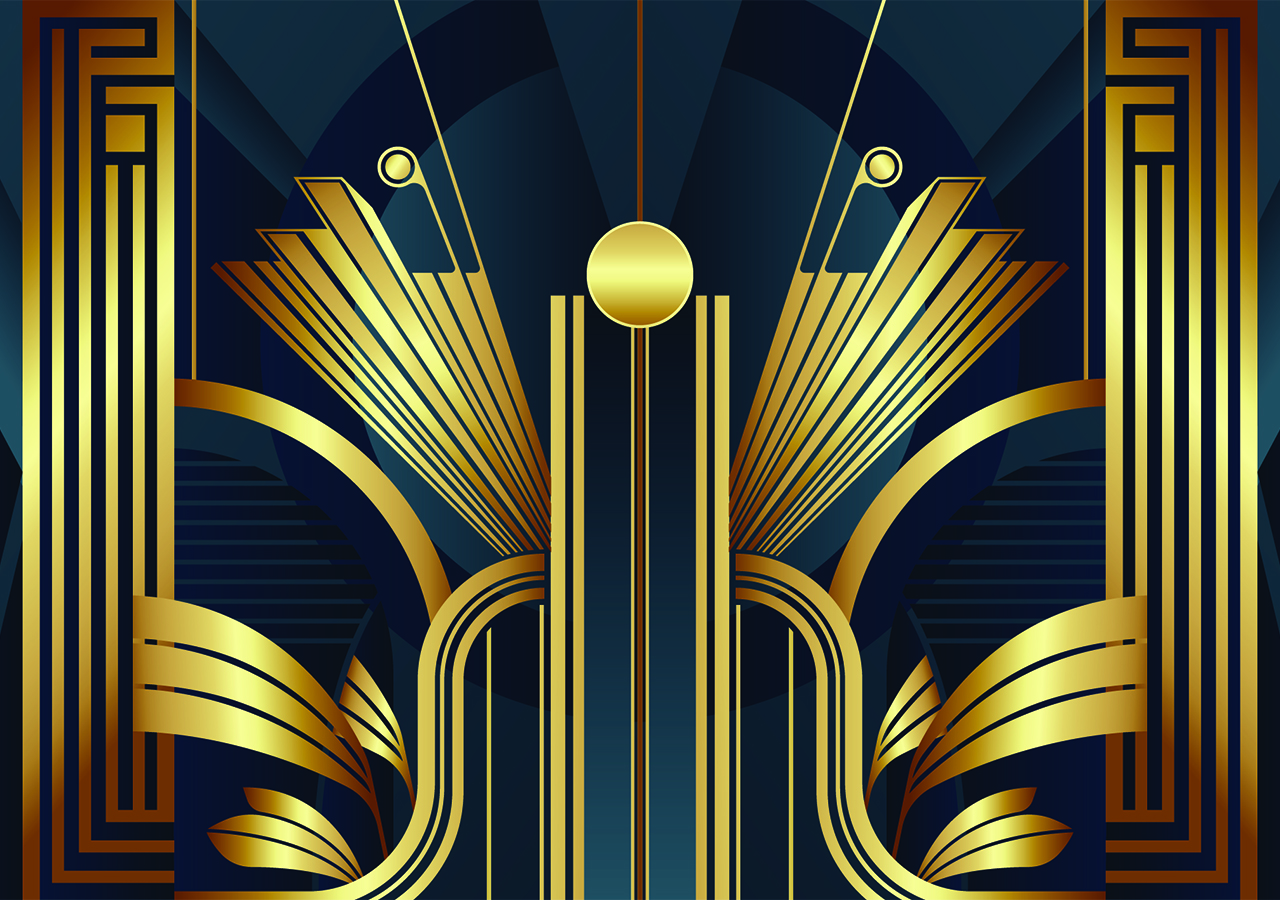
Known for its crisp geometry, sleek luxury, and optimistic modernism, Art Deco emerged in the 1920s as a fresh vision of progress — and quickly found a welcoming home in the heart of Europe. A movement born of light, speed, and elegance Art Deco was more than a style; it was a statement.
Born in post-WWI Paris, it symbolized a break from the past — a celebration of technology, innovation, and the glamour of the new age. Architecture, design, fashion, and even typography were transformed into streamlined silhouettes, precious materials, and futuristic dreams.
The 1925 Exposition Internationale des Arts Décoratifs et Industriels Modernes gave the movement its name — and sent it soaring around the world. 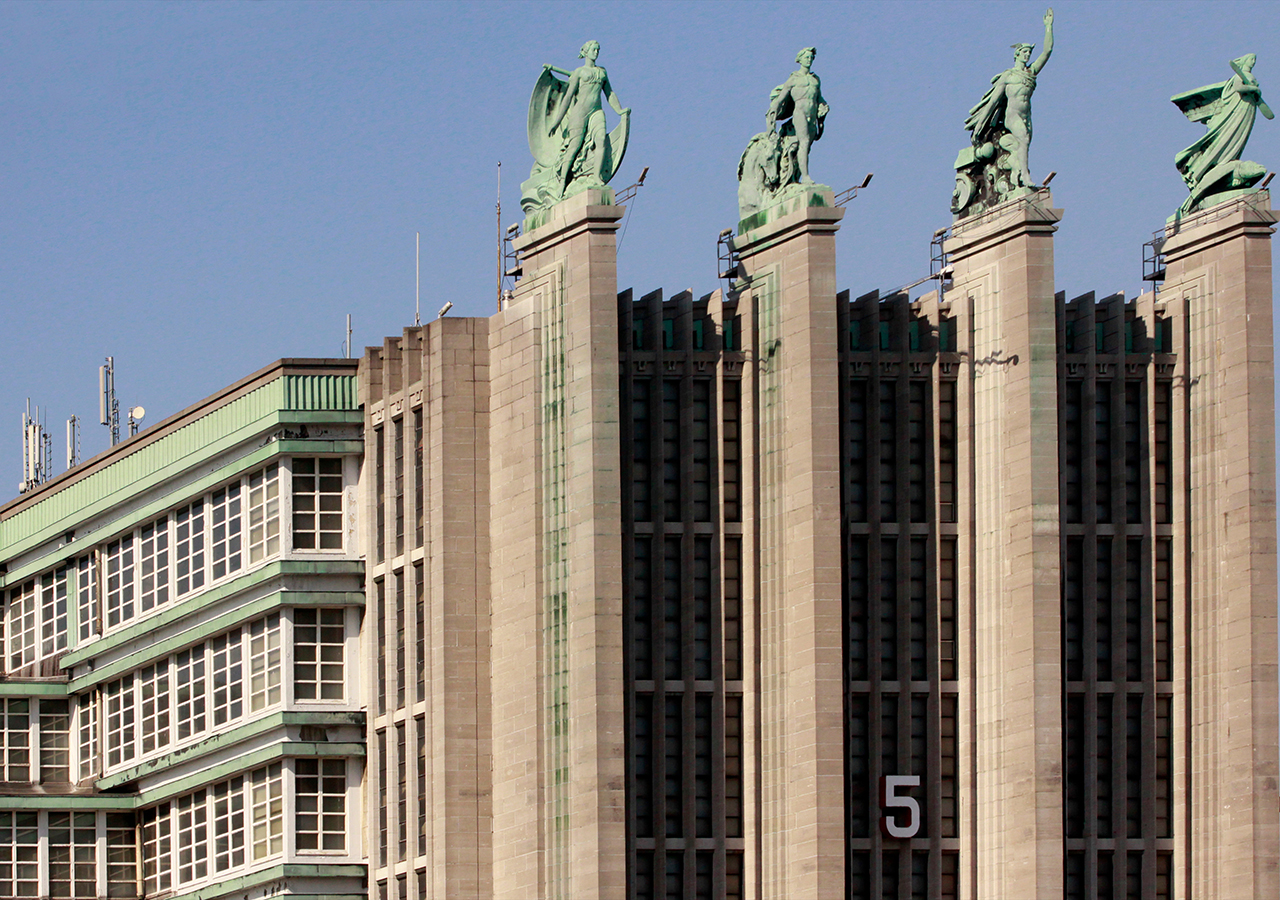
In Brussels, a city already steeped in architectural creativity, Art Deco found fertile ground. It replaced the flowing arabesques of Art Nouveau with bold lines, golden accents, and architectural drama. The city became a playground for modernity — infused with Belgian sophistication and quiet audacity.
An open-air museum of modern classicism today, Brussels is one of the most elegant showcases of Art Deco in Europe — and 2025 is the year to experience it. 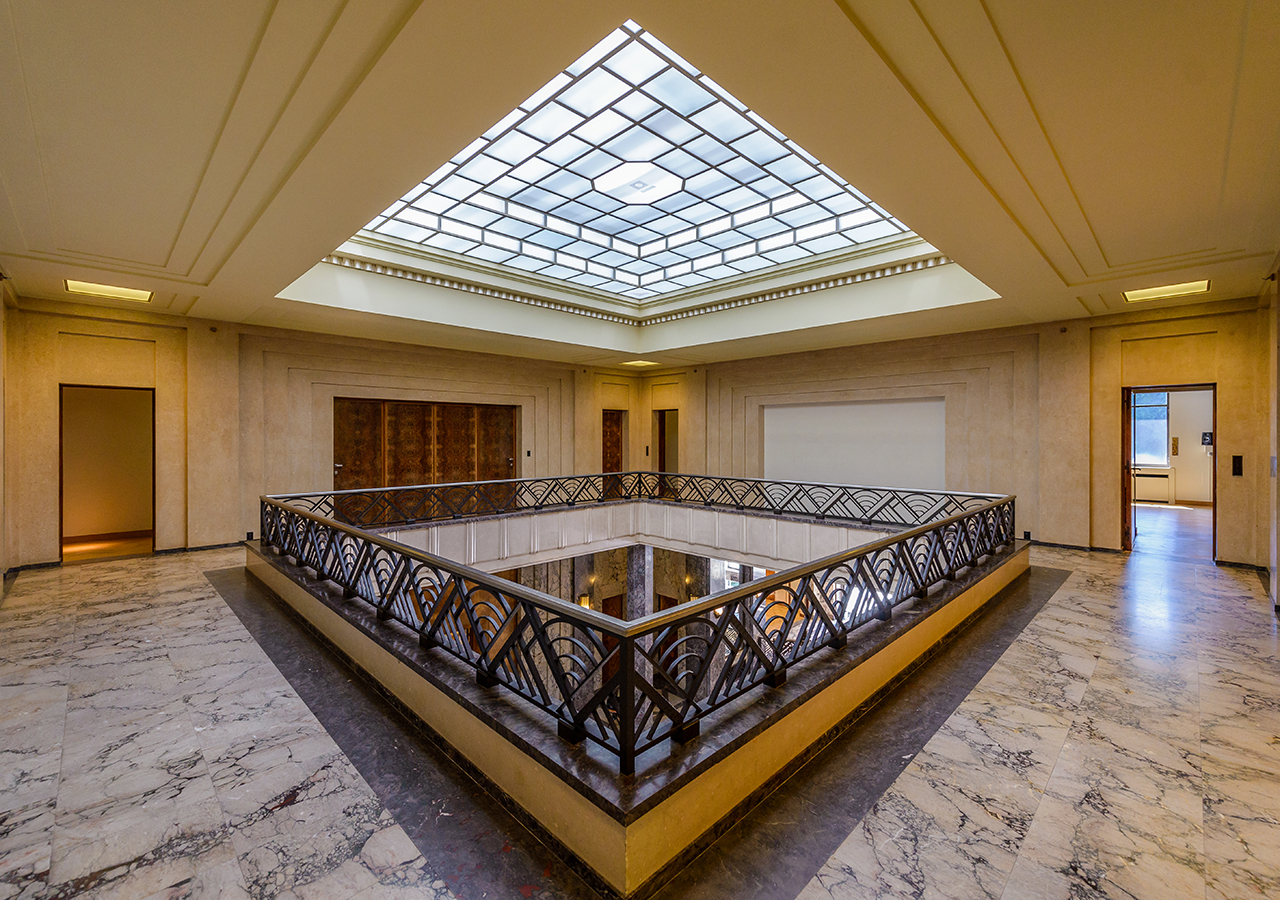
Start at the Villa Empain, an architectural jewel shimmering with exotic luxury. Built in 1934 by Baron Louis Empain and now home to the Boghossian Foundation, the villa is a masterpiece of symmetry and style. Its blend of Eastern inspiration and Western modernism captures the global ambition of the Deco spirit. 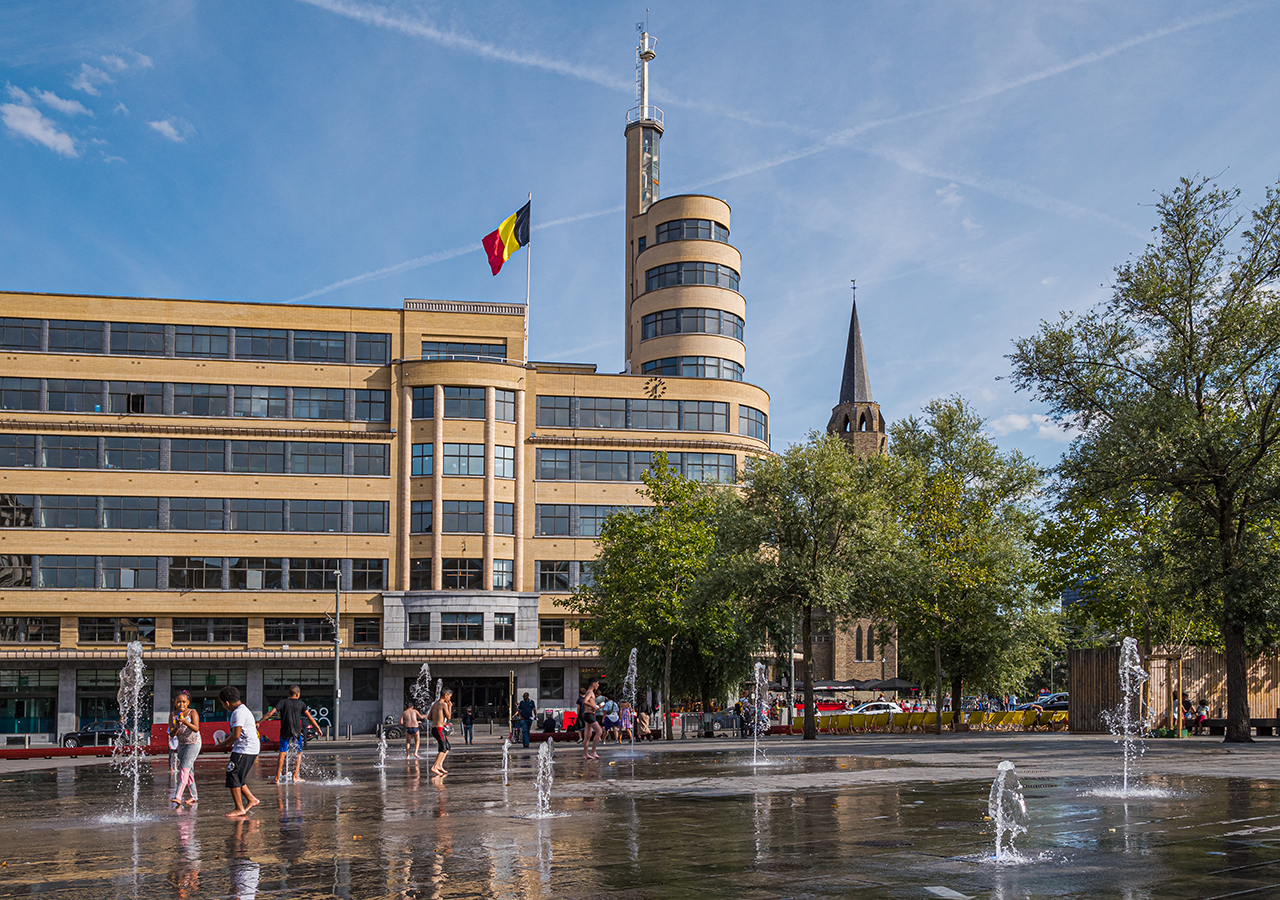
Nearby, the monumental curves of Flagey, once the headquarters of the national broadcaster, rise like a transatlantic ocean liner moored in Ixelles. Its amber windows and rhythmic design still pulse with cultural energy — now housing one of the city’s most dynamic arts venues. 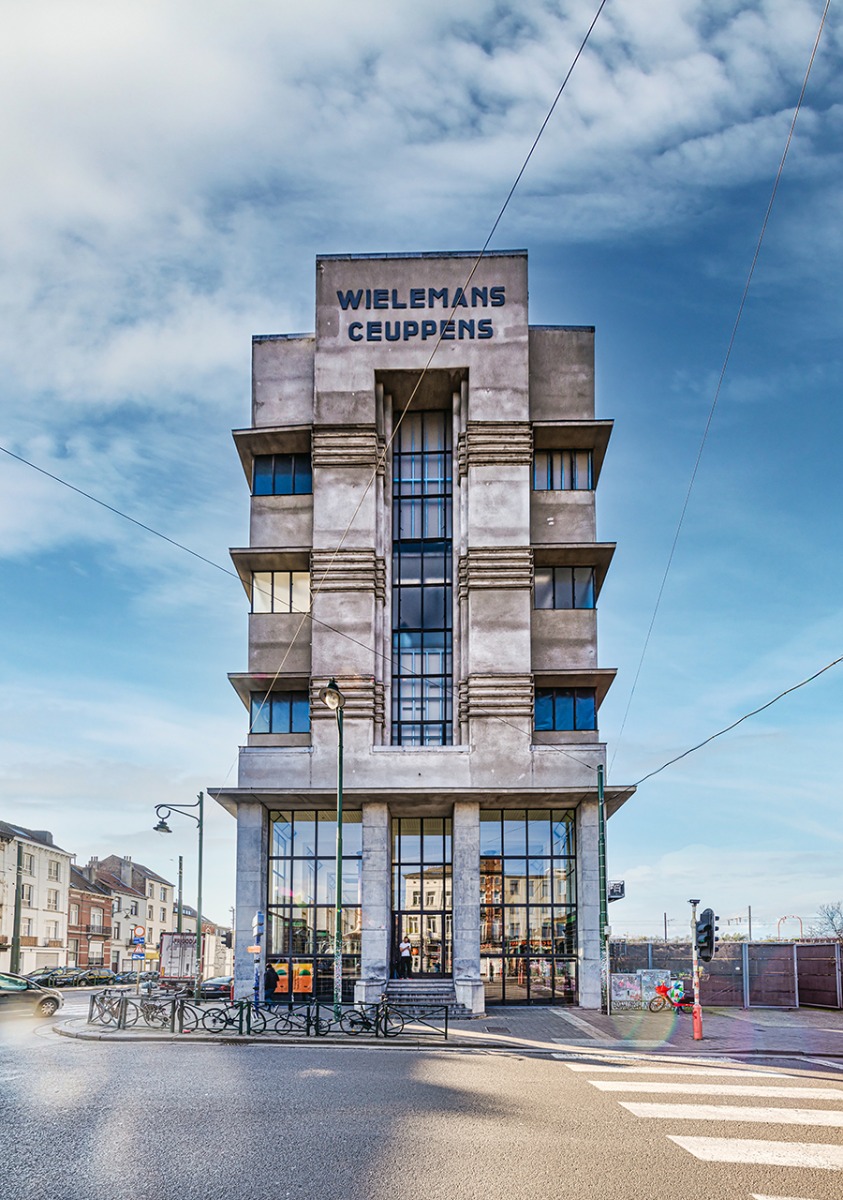
At WIELS, a former Art Deco-era brewery turned contemporary art center, the legacy of geometry and structure lives on in conversation with today’s creators. 
And of course, Bozar — the Palais des Beaux-Arts designed by Victor Horta — is a bridge between Art Nouveau and Art Deco, a cultural temple where light, space, and music converge.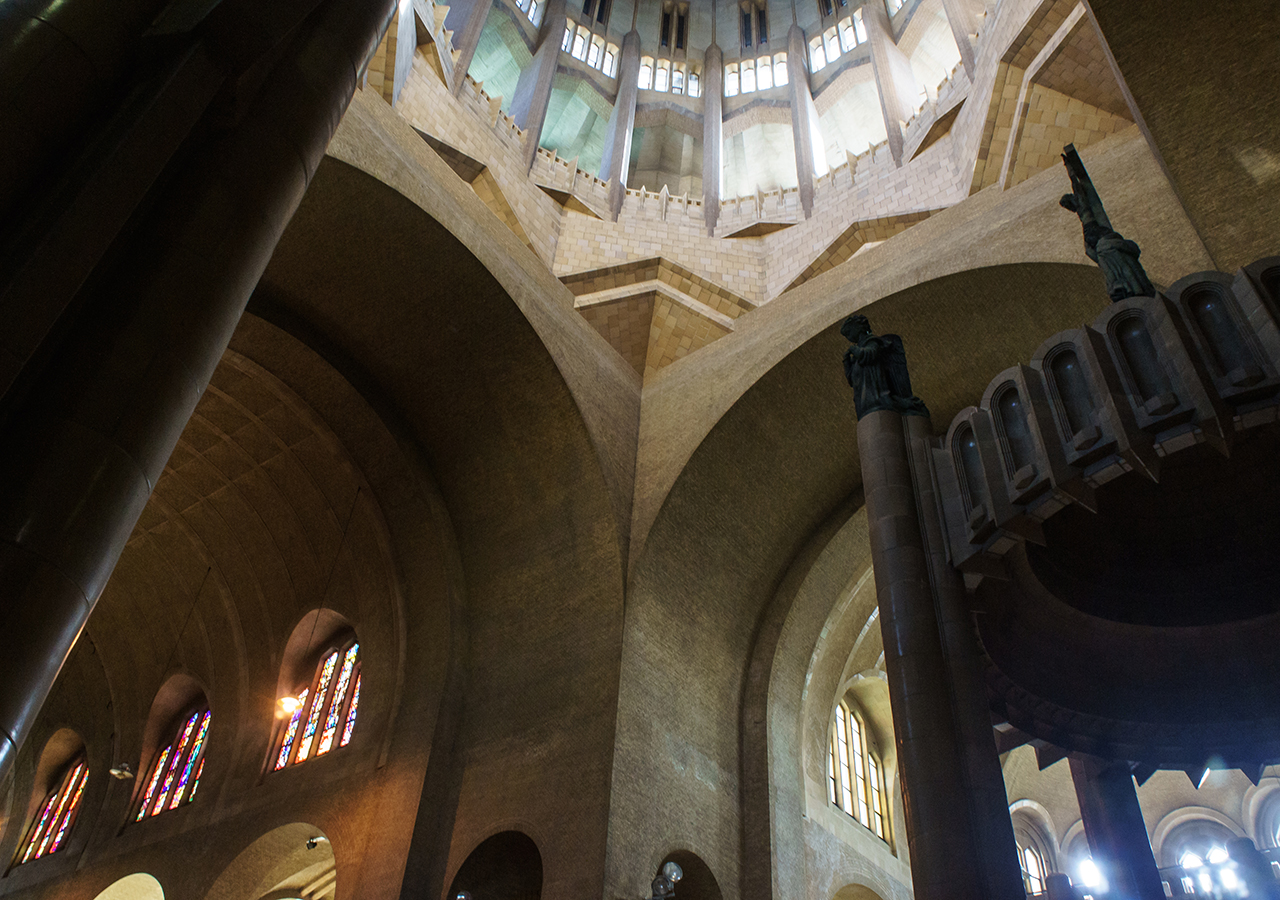
The Basilica of Koekelberg, one of the largest Art Deco churches in the world, adds a monumental spiritual dimension to the movement. Its vast domes, soaring symmetry, and pale green copper crown make it a beacon on the Brussels skyline — and an awe-inspiring testament to the grandeur of Deco architecture on a sacred scale.
But the true magic of Brussels lies in its hidden gems: a door on Avenue Molière, a lobby on Avenue Franklin Roosevelt, a staircase in a private townhouse in Forest. Walk the city slowly, and let Art Deco unfold in fragments of brass, stone, and shadow.
Van Buuren Museum: A deco dream in full bloom
No Art Deco pilgrimage would be complete without a visit to the Van Buuren Museum, celebrating both its 50th anniversary and the centenary of Art Deco in Brussels this year. This former private residence is a total work of art, with interiors designed down to the smallest detail in wood, glass, and velvet. 
The garden, a poetic escape of surrealism and symmetry, adds yet another dimension to the visit.
Discover the Deco soul of Brussels
In partnership with urban.brussels and visit.brussels, curated walks and bespoke itineraries are offered throughout the year. Whether on foot, by bicycle or in a vintage car, these journeys allow you to step into a world where every line was drawn with purpose — and every building tells a story of a world ready to embrace the future, with elegance and joy.
Brussels doesn’t just preserve Art Deco — it lives and breathes it.
In 2025, step into the rhythm of geometry. Let the city seduce you.
 French
French  German
German  Italy
Italy  Spain
Spain  Mexico
Mexico  Portugal
Portugal  Brazil
Brazil  Argentina
Argentina  Poland
Poland  Rusia
Rusia  Austria
Austria  Arabic
Arabic  Ecuador
Ecuador  Canada
Canada  Norway
Norway  Benin
Benin  Sweden
Sweden  Croatia
Croatia  Japan
Japan  Korean
Korean 
